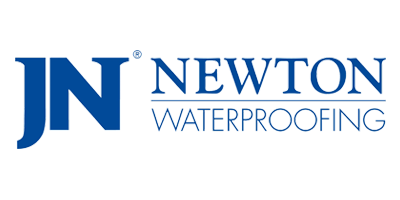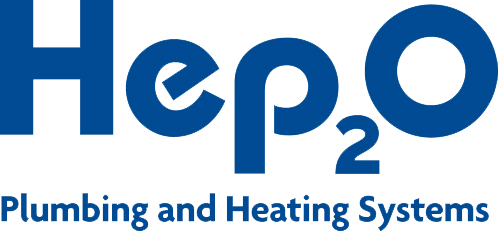Back
Fenestration Industry Challenges: Why Businesses Must Adapt or Decline
Fenestration industry businesses are facing a reality that can no longer be ignored: the post-pandemic surge was a temporary spike, not a lasting shift. At Purplex, led by our founder and Group CEO Andrew Scott, we’ve analysed the data, and it confirms that the market has been in long-term decline for years. The companies that survive and grow will be those that adapt to current conditions, not wait for the “good times” to return.
The market reality
During the pandemic, many installation firms experienced record sales. Order books filled, revenue soared, and recruitment accelerated. But that growth was driven by exceptional circumstances, not sustainable demand.
At Purplex, we work with more than 200 companies across the building products and home improvement sector. With market intelligence from our sister company, Insight Data, which tracks over 15,000 firms, we have a unique view of the industry’s performance.
That view is clear:
- Window installation volumes have dropped from 4.3 million in 2003 to 1.8 million in 2024.
- Average order values have fallen, even when jobs are secured.
- Between 74 and 122 fenestration firms are closing each month.
Andrew Scott, founder and Group CEO of Purplex and Insight Data, has been closely tracking the sector’s performance:
“The fenestration industry has been in gradual decline for two decades, and the pandemic only masked that reality for a short time. Businesses now have two choices, adapt to today’s market or face contraction. The ones that will thrive are those prepared to take bold, decisive action, whether that’s investing in marketing, increasing order values, or diversifying into growth sectors like renewables.”
The illusion of the pandemic boom
From 2020 to 2021, systems companies supplying fabricators saw revenues jump by around 45%. But these results were short-lived, driven by unique lockdown-related consumer spending patterns.
Post-pandemic, published accounts show significant contractions at the top of the supply chain. When major systems companies shrink, the impact is felt throughout the sector.
Consumer demand is changing
Even online search volumes for key categories like uPVC windows and bifold doors have dropped since 2021. Previously strong niches are softening as consumer caution grows.
This is not a temporary dip; it’s a structural shift.
Four choices every fenestration business faces
- Do nothing — and accept further decline.
- Invest in marketing — target competitor customers through greater visibility, clear messaging, and consistent campaigns.
- Increase order values — upsell premium products or offer full-service packages.
- Diversify — expand into related markets such as garage doors, outdoor living, or renewables.
Why renewables are an opportunity now
Government incentives, high energy costs, and sustainability targets are driving growth in renewable technologies like solar panels, battery storage, and air source heat pumps. Installation businesses already have many of the skills required to enter this sector.
A renewable energy project can bring in £15,000+ per installation, compared to the lower margins of standard window jobs.
How Purplex helps you adapt
We help fenestration companies adapt through:
- Marketing Strategy to protect and grow market share.
- Website Design & Development that drives leads.
- Social Media Marketing to build trust and credibility.
- PR & Media Coverage that positions you as an industry leader.
- Lead Generation Campaigns to keep your sales pipeline full.
Under Andrew Scott’s leadership, Purplex combines strategic insight with hands-on marketing expertise to help companies succeed in a smaller, more competitive market.
Contact Purplex
For more information about how we can help your fenestration industry business adapt and grow, contact us today:
- Call: 01934 808132
- Email: grow@purplexmarketing.com
- Online: Get in touch via our contact page
You Might Like to Read
Looking for more insight into marketing and growth strategies? Explore these related articles:
- What Does a Marketing Agency Do and the Results Fenestration Companies Can Expect – How working with an agency can transform your business performance.
- Proven Marketing Strategies for Your Construction Company – Practical ways to attract high-value clients in a competitive market.
- Digital Marketing for Home Improvement Companies – The essential online tactics driving leads today.
- Marketing Your Way Out of Low Growth – Why investing in visibility during slow periods delivers long-term gains.
This entry was posted in News





